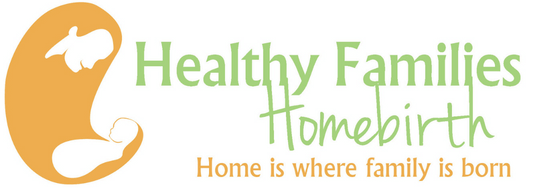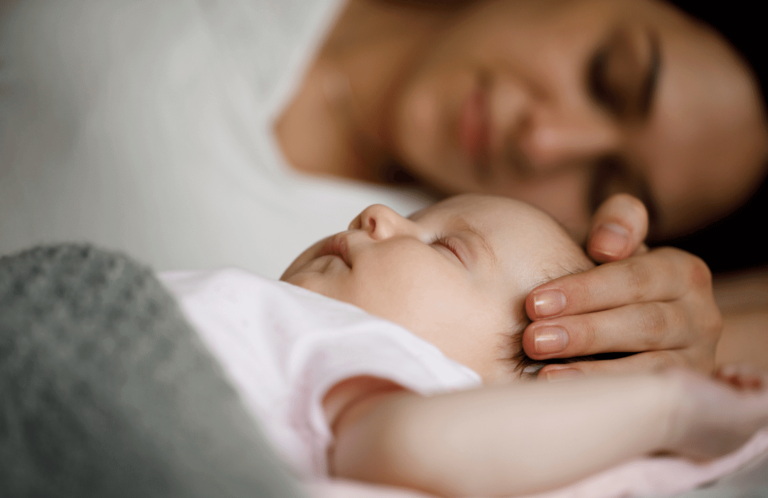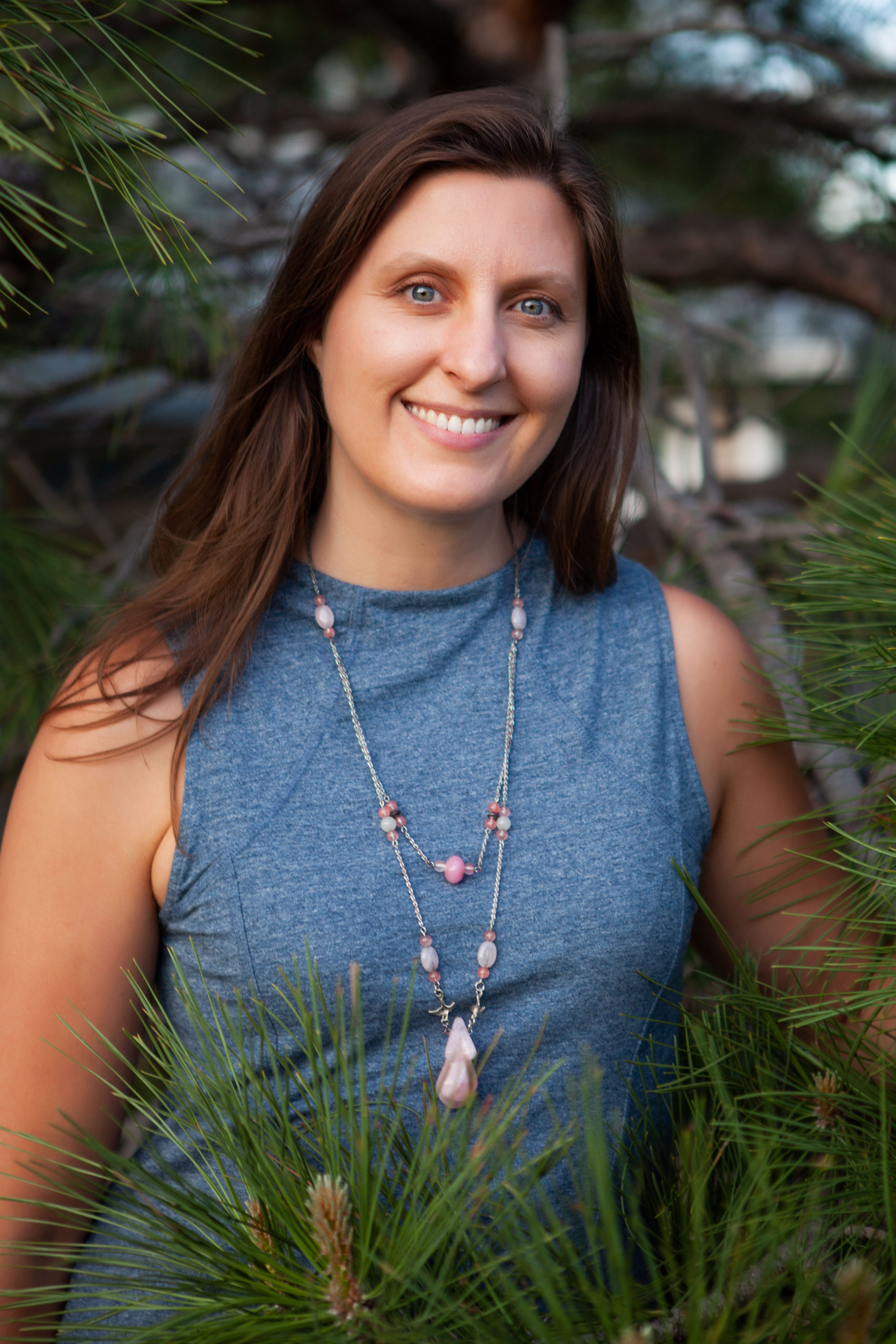

PHONE
303-718-1554
cheryl.furer@msn.com
OPENING HOURS
By Appointment Only
Menu

There is a lot of debate over where is the best place for your baby to sleep: the parent’s bed, in a crib in the parent’s room, or in a “bed extender” attached to the parent’s bed. Almost everyone agrees that the baby should be in the parent’s room somewhere because keeping the baby in the same room reduces the risk of SIDS. That much is clear. What is not as clear is whether or not they should share the bed with the parents. Both the American Academy of Pediatrics and the Canadian Paediatric Society advise against co-sleeping. (The CPA says it is for co-sleeping but they define it as sleeping within arm’s reach of the baby but not on the same surface. They differentiate it from bed-sharing.) There are advantages and disadvantages to both methods.
Advantages:
Disadvantages:
Advantages:
Disadvantages:
There have been many studies on co sleeping and SIDS and whether co sleeping is safe for babies. The problem is that both sides use the same studies and take from them what they want. When you see the latest co-sleeping study, make sure you dig a little deeper. What do they define as co-sleeping? In many studies a babysitter sleeping on the couch with the baby is co-sleeping. So is a baby on an adult bed by himself. They also may include babies who usually co-sleep though this was not the case when they died. A good website for a breakdown of co-sleeping studies is www.healthychild.com/co-sleeping/does-co-sleeping-lead-to-sids/.
The truth is that there are situations in which co-sleeping is the best option and there are situations where crib sleeping in the parent’s room is the safest solution. In either scenario, much of the risk is negated when steps are taken to reduce hazards.
Sleeping with your infant on the couch is never a good idea. It carries a risk of suffocation or SIDS 49 times higher than putting the baby in its crib. (Palmer,n.d.)
Another option is to use a bed extender or a kind of side-car product that attaches to the parent’s bed. This allows the mother to nurse the baby without having to get up out of bed but prevents overlying when the baby is in its own space. The same safety precautions would apply to this arrangement: make sure the product is safe with no spaces the baby could be wedged in, ensure it is attached properly to the bed, no excess bedding and baby is on their back to sleep.
At the end of the day, each set of parents is going to have to make their own decision regarding which is the safest/best option for their family. This is going to be based on your own values and circumstances and the personality of your baby.

“I believe in continuity of care, which means that as your midwife, I’m here to support you throughout your pregnancy, birth, up until your baby is a toddler (really!) and beyond…”


Proud Practitioner with BeHerVillage. Create a Registry Here.
Copyright © 2022 Healthy Families Homebirth – Home is Where Family is Born | All Rights Reserved | Website by Cheryl Furer & Precy Onasa